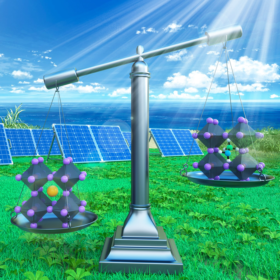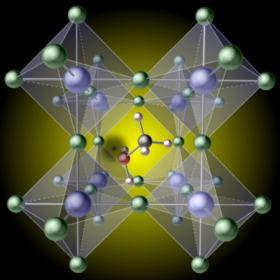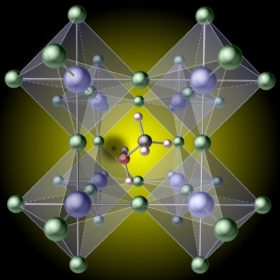Researchers capture first-ever images of electric charges across semiconductor materials within a solar cell
A team from the University of California Santa Barbara used ultrafast electron microscopy to record photocarriers as they diffuse across a silicon and germanium heterojunction. It is the first time the movement, which lasts picoseconds, has been captured as a moving visual.
Strong potential for inorganic perovskites
Scientists in the United States have developed a method to compare the performance and number of defects in different perovskite cell materials. Based on simulations and work with prototype materials, the group finds that all-inorganic materials have higher potential efficiency than their more widely researched organic-inorganic counterparts.
Supercomputer scientists dive deep into perovskites
Scientists in the U.S. used sophisticated computer modelling techniques to recreate the microscopic structures of a perovskite solar cell, revealing new information about defects within the materials that could greatly improved performance.
Keeping track of hydrogen for perovskite performance
Scientists in the United States discovered that hydrogen plays a leading role in the formation of defects in a perovskite film, which limit their performance as PV devices. The discovery, according to the researchers, offers further insight into observations already established by trial and error and could help to push the impressive efficiency achievements already made by perovskites even higher.




